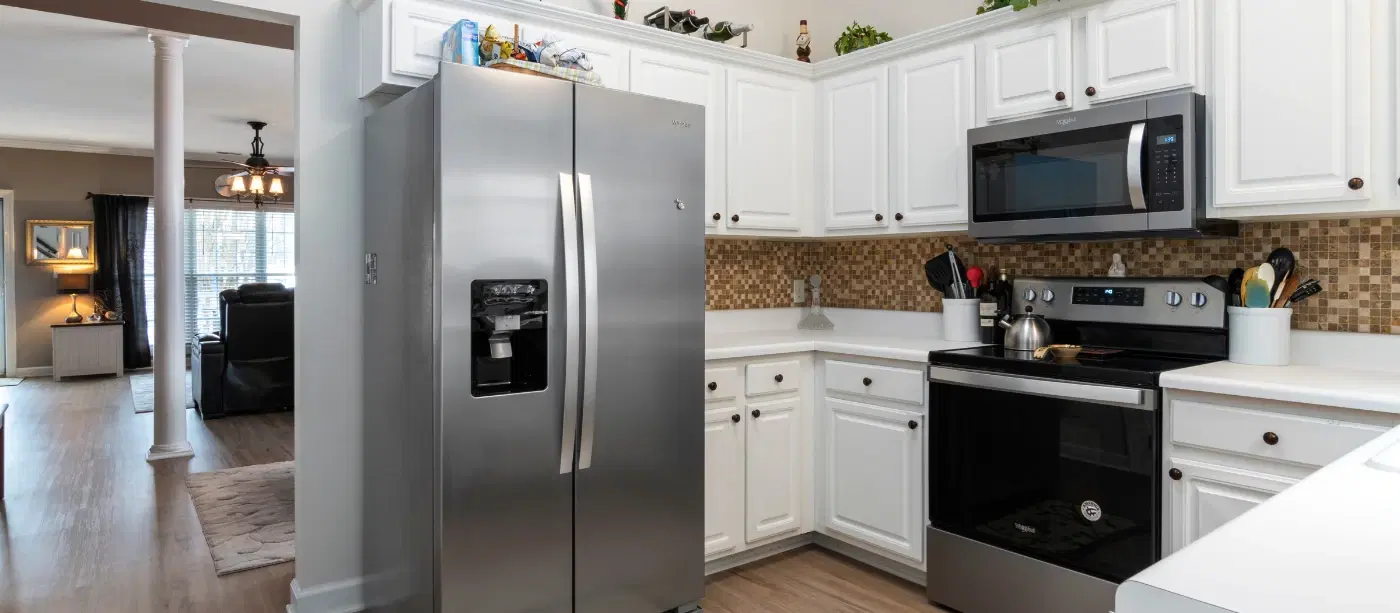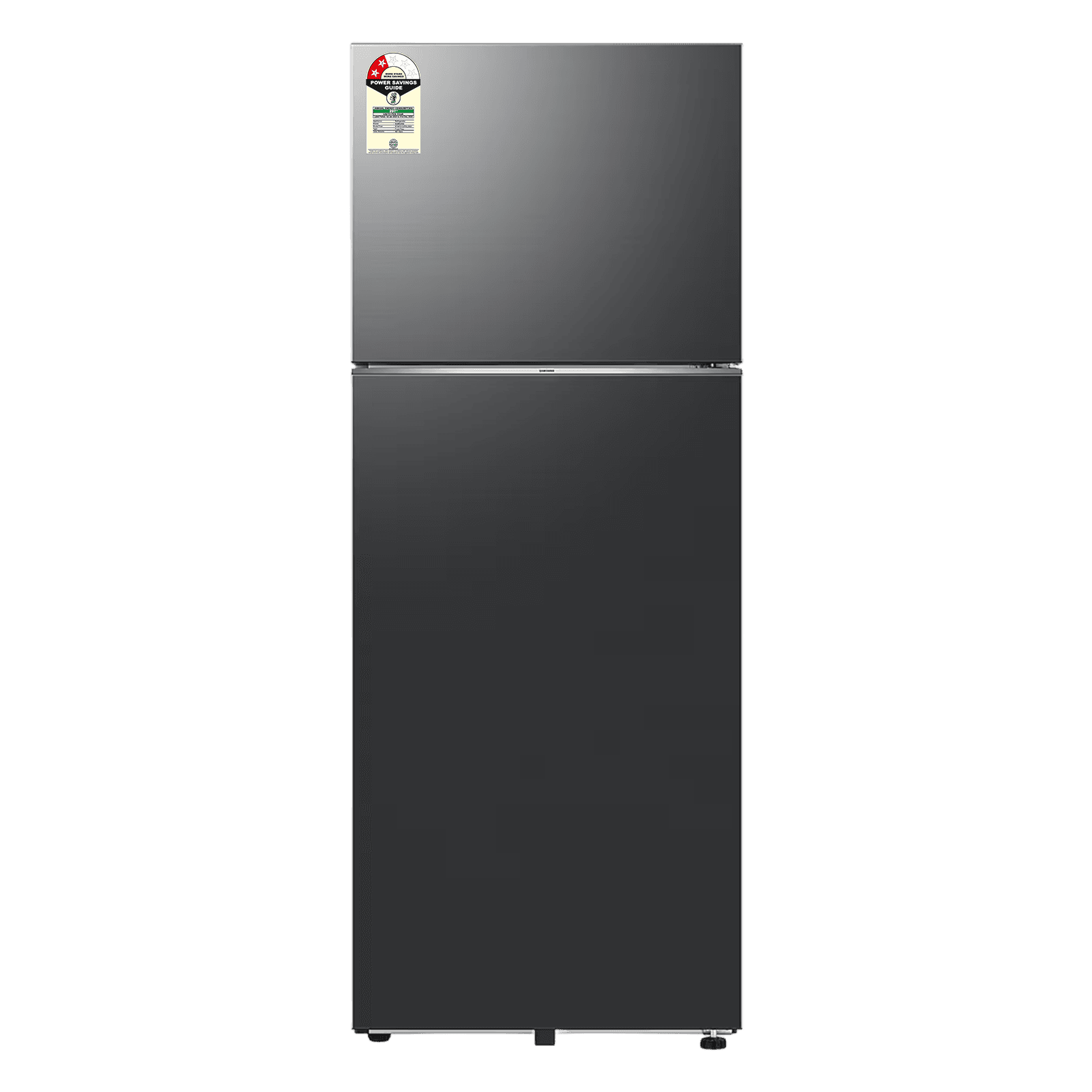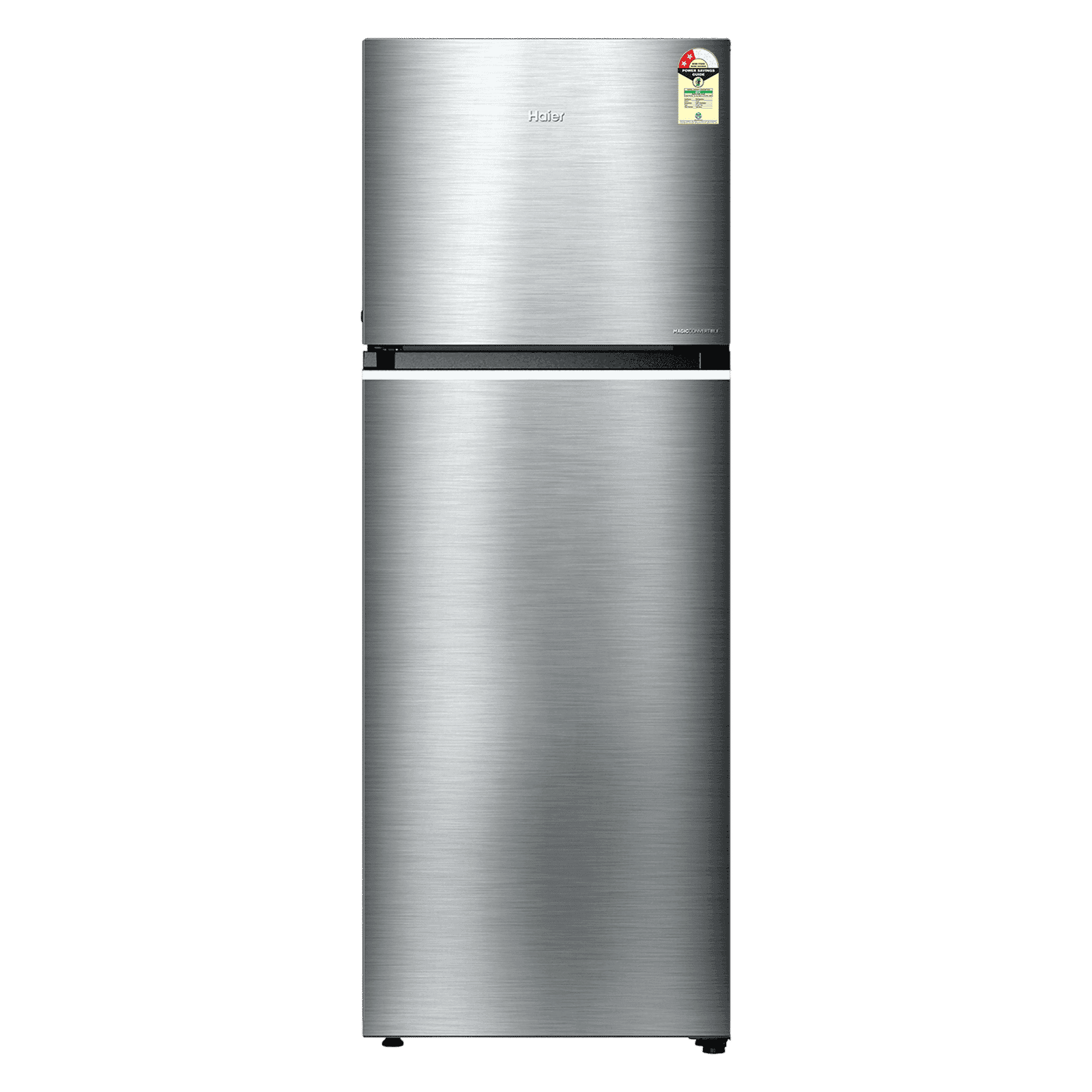
Home Appliances
•04 min read

Buy SAMSUNG Bespoke 467 Litres 2 Star Frost Free Double Door Smart Wifi Enabled Convertible Refrigerator with AI Energy Mode (RT80F51C2FHL, Black Doi) Online - Croma
Ever wondered if you could repurpose your old freezer into a fully functional refrigerator? Turning a freezer into a fridge is a practical and energy-saving home appliance hack that not only reduces waste but also offers a cost-effective solution for cooling needs. In this guide, you'll learn the essential steps to convert a freezer to fridge safely and efficiently. Whether it's a chest freezer, an upright freezer, or even a side-by-side model, the process is straightforward with the right tools and a little technical know-how.
The concept of converting a freezer into a fridge, often known as a freezer to fridge conversion, involves modifying the internal thermostat and temperature settings so that the appliance maintains a cooler temperature ideal for food preservation rather than freezing. This DIY freezer to fridge approach is popular for reducing energy consumption, repurposing unused appliances, and meeting specific cooling requirements at home or in the office.
Not every freezer is a candidate for conversion, however. Conversion works best with freezers that allow for thermostat modification or that are compatible with fridge conversion kits. Chest freezers, for instance, are often preferred for this project thanks to their spacious design and ease of adaptation. Upright freezers and even the freezer compartments in side-by-side models can be converted, provided you invest in the necessary conversion supplies and follow safety guidelines meticulously.
Before embarking on this home appliance freezer hack, gather all the necessary tools and materials to ensure a smooth process. The essential tools typically include a screwdriver, thermometer, voltage tester, and other basic tools that enable you to open the freezer and access the internal components safely.
You will also need specific materials such as a freezer thermostat modification kit or a comprehensive fridge conversion kit. Digital temperature controllers can be particularly useful for precise freezer temperature adjustment once the conversion is underway. When selecting your conversion kit, consider factors like the type of freezer, compatibility with the appliance's thermostat configuration, and energy efficiency goals. This thoughtful selection ensures the success of your energy-efficient fridge conversion and helps keep your energy bills in check.
Step 1: Preparing Your Freezer
Begin by thoroughly cleaning the freezer and inspecting it for any signs of damage or wear. Proper maintenance at this stage can prevent future issues during and after the conversion process. Ensure the freezer is positioned in a well-ventilated area to support energy efficiency. Adequate airflow helps maintain an even temperature once the thermostat has been modified.

Buy Haier HRF-3782 328 Litres 2 Star Frost Free Double Door Convertible Refrigerator with One Hour Icing Technology (HRF-3782BNS-P, Nickel Steel) online at best prices from Croma. Check product details, reviews & more. Shop now!
Step 2: Modifying the Thermostat
The heart of the conversion process is modifying the freezer thermostat. This involves replacing or adjusting the existing thermostat to lower the temperature setting from a freezing range to a refrigerator range. While performing the freezer thermostat modification, handle electrical components with care, and always disconnect the power supply before beginning any work to ensure safety.
Step 3: Installing the Conversion Kit
Once the thermostat has been adjusted, install your selected conversion kit following the manufacturer’s instructions closely. Whether you have chosen a freezer-to-fridge conversion kit that includes all necessary elements for adjusting the internal temperature or a digital controller that fine-tunes performance, adherence to the guide is essential. This step-by-step installation ensures that the appliance behaves as expected at fridge-like temperatures.
Step 4: Testing and Fine-Tuning Temperature
After installation, monitor the temperature consistently using a reliable thermometer or a digital temperature controller. Optimal cooling for your converted appliance falls between 34°F and 40°F. During this phase, make any necessary adjustments to achieve a stable temperature. It might take a few hours of fine-tuning before the ideal performance is reached; patience is key to ensuring a perfect conversion.
Expert Tip: Maximise Energy Savings
Did you know converting a freezer to a fridge can reduce energy consumption by up to 50%? Using a digital temperature controller will help maintain precise cooling and avoid unnecessary power usage. This smart approach not only saves money but also extends the life of the appliance by preventing overcooling and excessive wear.
An energy-efficient fridge conversion means not just adjusting the temperature but optimising the appliance’s overall performance. With fewer door openings and ensuring that seals remain intact, you can maintain a consistent temperature that prevents energy wastage. Reducing energy consumption is a major benefit of converting a freezer to fridge, and it can contribute greatly to lowering your monthly electricity bills.
Maintaining your converted appliance is equally important. Consistent cleaning and periodic checks on the thermostat and door seals will keep the unit running smoothly. If you notice any inconsistent cooling or unusual performance, review the installation guidelines to check if components are misaligned or need recalibration. Regular maintenance ensures that your conversion remains effective for the long haul.
A converted freezer offers versatile usage. For example, it can be an ideal beverage storage unit, a dedicated space for preserving fresh produce, or even a supplementary cooling solution for gardening supplies. Some users find creative ways to repurpose a freezer as fridge by designating it as a wine cooler or for storing leftover foods. These applications showcase the adaptability of such a conversion, making it a valuable asset for both home and office settings.

Buy SAMSUNG 653 Litres 3 Star Auto Defrost Side by Side Convertible Refrigerator with Twin Cooling Plus (RS76CG8113SLHL, EZ Clean Steel) Online - Croma
Yes, by modifying the thermostat or using a conversion kit, you can easily convert a freezer to fridge.
It is possible to convert the freezer section of a side-by-side model, but it may require specific adjustments and a compatible conversion kit.
Challenges include ensuring the thermostat is adjusted correctly and maintaining consistent cooling without causing higher energy consumption.
The entire process typically takes a few hours, depending on the appliance type and familiarisation with the necessary tools.
The simplicity of this DIY freezer to fridge project means you can enjoy the benefits of reliable cooling without the expense of a new refrigerator. Not only does this approach transform an old appliance, but it also reflects the spirit of resourcefulness, offering both economic and environmental advantages. As you convert and repurpose your appliance, remember that careful planning and regular maintenance are the keys to long-term performance. With every step of the process, you move closer to enjoying both the energy savings and the creative satisfaction of a successful conversion.
This guide has shown that converting a freezer into a fridge is within your reach, regardless of whether you're a tech enthusiast, a busy family, or a young professional aiming for productivity at home. Explore further home utility hacks and discover how simple tweaks and careful adjustments can lead to big savings, along with the potential to earn rewards in the form of NeuCoins when shopping smartly with Tata Neu. With express delivery options available on select orders placed before 6 PM, you can also enjoy cutting-edge support designed to fit seamlessly into your modern lifestyle.